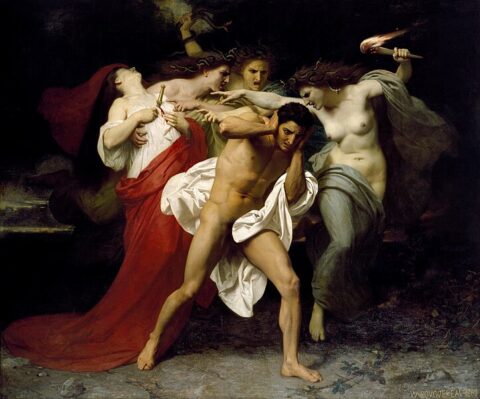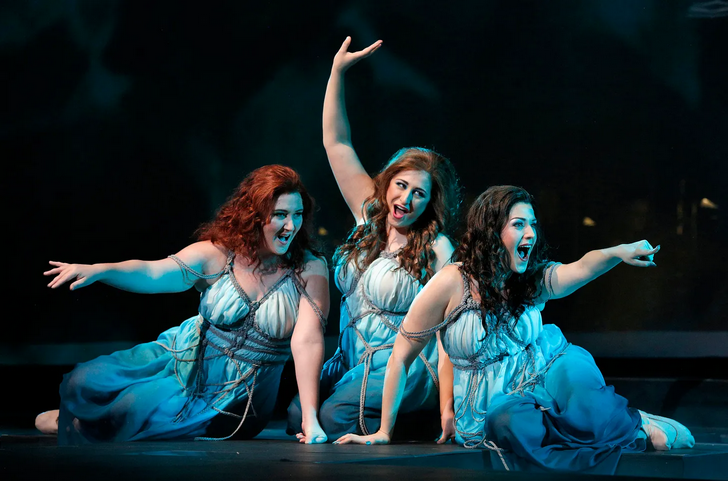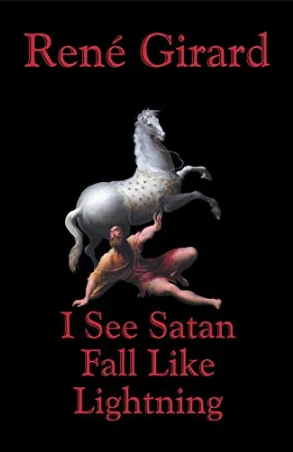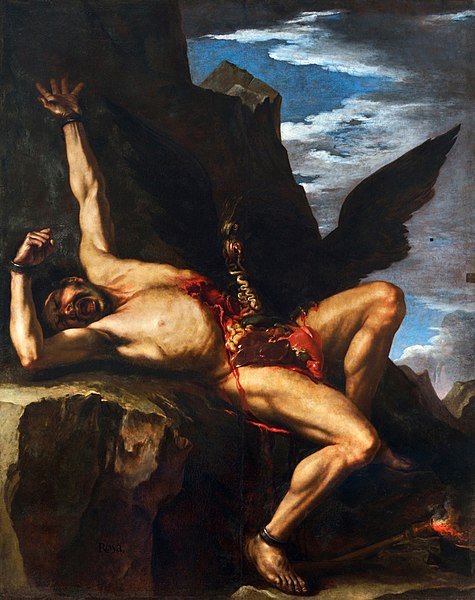I want to discuss his reign with that title, “the Great” (magnus in Latin or μέγας in Greek) stripped off, as Alexander III rather than merely assuming his greatness. In particular, I want to open the question of if Alexander was great and more to the point, if he was, what does that imply about our definitions of greatness?
It is hardly new for Alexander III to be the subject of as much mythology as fact; Alexander’s life was the subject of mythological treatment within living memory. Plutarch (Alex. 46.4) relates an episode where the Greek historian Onesicritus read aloud in the court of Lysimachus – then king of Thrace, but who had been one of Alexander’s somatophylakes (his personal bodyguards, of which there were just seven at at time) – his history of Alexander and in his fourth book reached the apocryphal story of how Alexander met the Queen of the Amazons, Thalestris, at which Lysimachus smiled and asked, “And where was I at the time?” It must have been strange to Lysimachus, who had known Alexander personally, to see his friend and companion become a myth before his eyes.
Then, of course, there are the modern layers of mythology. Alexander is such a well-known figures that it has been, for centuries, the “doing thing” to attribute all manner of profound sounding quotes, sayings and actions to him, functionally none of which are to be found in the ancient sources and most of which, as we’ll see, run quite directly counter to his actual character as a person.
So, much as we set out to de-mystify Cleopatra last year, this year I want to set out – briefly – to de-mystify Alexander III of Macedon. Only once we’ve stripped away the mythology and found the man can we then ask that key question: was Alexander truly great and if so, what does that say not about Alexander, but about our own conceptions of greatness?
Because this post has turned out to run rather longer than I expected, I’m going to split into two parts. This week, we’re going to look at some of the history of how Alexander has been viewed – the sources for his life but also the trends in the scholarship from the 1800s to the present – along with assessing Alexander as a military commander. Then we’ll come back next week and look at Alexander as an administrator, leader and king.
[…]
Sources
As always, we are at the mercy of our sources for understanding the reign of Alexander III. As noted above, within Alexander’s own lifetime, the scale of his achievements and impacts prompted the emergence of a mythological telling of his life, a collection of stories we refer to collectively now as the Alexander Romance, which is fascinating as an example of narrative and legend working across a wide range of cultures and languages, but is fundamentally useless as a source of information about Alexander’s life.
That said, we also know that several accounts of Alexander’s life and reign were written during his life and immediately afterwards by people who knew him and had witnessed the events. Alexander, for the first part of his campaign, had a court historian, Callisthenes, who wrote a biography of Alexander which survived his reign (Polybius is aware – and highly critical – of it, Polyb. 12. 17-22), though Callisthenes didn’t: he was implicated (perhaps falsely) in a plot against Alexander and imprisoned, where he died, in 327. Unfortunately, Callisthenes’ history doesn’t survive to the present (and Polybius sure thinks Callisthenes was incompetent in describing military matters in any event).
More promising are histories written by Alexander’s close companions – his hetairoi – who served as Alexander’s guards, elite cavalry striking force, officers and council of war during his campaigns. Three of these wrote significant accounts of Alexander’s campaigns: Aristobulus,1 Alexander’s architect and siege engineer, Nearchus, Alexander’s naval commander, and Ptolemy, one of Alexander’s bodyguards and infantry commanders, who will become Ptolemy I Soter, Pharaoh of Egypt. Of these, Aristobulus and Ptolemy’s works were apparently campaign histories covering the life of Alexander, whereas Nearchus wrote instead of his own voyages by sea down the Indus River, the Indian Ocean and the Persian Gulf which he called the Indike.
And you are now doubtless thinking, “amazing, three contemporary accounts, that’s awesome!” So I hope you will contain your disappointment when I follow with the inevitable punchline: none of these three works survives. We also know a whole slew of other, less reliable sounding histories (Plutarch lists works by Cleitarchus, Polycleitus, Onesicritus, Antigenes, Ister, Chares, Anticleides, Philo, two different Philips, Hecataeus, and Duris) do not survive either.
So what do we have?
Fundamentally, our knowledge of Alexander the Great is premised on four primary later works who wrote when all of these other sources (particularly Ptolemy and Aristobulus) still survived. These four authors are (in order of date): Diodorus Siculus (writing in the first century BC), Quintus Curtius Rufus (mid-first cent. AD), Plutarch (early second century AD) and Arrian (Lucius Flavius Arrianus, writing in the early second century AD). Of these, Diodorus’ work, the Bibliotheca historica is a “universal history”, which of course means it is a mile wide and only an inch deep, but Book 17, which covers Alexander’s life, is intact and complete. Curtius Rufus’ work survives only incompletely, with substantial gaps in the text, including all of the first two books.
Plutarch’s Life of Alexander survives intact and is the most substantial of his biographies, but it is, like all of his Parallel Lives, relatively brief and also prone to Plutarch’s instinct to bend a story to fit his moralizing aims in writing. Which leaves, somewhat ironically, the last of these main sources, Arrian. Arrian was a Roman citizen of Anatolian extraction who entered the Senate in the 120s and was consul suffectus under Hadrian, probably in 130. He was then a legatus (provincial governor/military commander in Cappadocia, where Dio reports (69.15.1) that he checked an invasion by the Alani (a Steppe people). Arrian’s history, the Anabasis Alexandrou (usually rendered “Campaigns of Alexander”)2 comes across as a fairly serious, no-nonsense effort to compile the best available sources, written by an experienced military man. Which is not to say Arrian is perfect, but his account is generally regarded (correctly, I’d argue) as the most reliable of the bunch, though any serious scholarship on Alexander relies on collating all four sources and comparing them together.
Despite that awkward source tradition, what we have generally leaves us fairly well informed about Alexander’s actions as king. While we’d certainly prefer to have Ptolemy or Aristobolus, the fact that we have four writers all working from a similar source-base is an advantage, as they take different perspectives. Moreover, a lot of the things Alexander did – founding cities, toppling the Achaemenid Empire, failing in any way to prepare for succession – leave big historical or archaeological traces that are easy enough to track.
1. This is as good a place as any to make a note about transliteration. Almost every significant character in Alexander’s narrative has a traditional transliteration into English, typically based on how their name would be spelled in Latin. Thus Aristobulus, instead of the more faithful Aristoboulos (for Ἀριστόβουλος). The trend in Alexander scholarship today is, understandably, to prefer more faithful Greek transliterations, thus rendering Parmenion (rather than Parmenio) or Seleukos (rather than Seleucus). I think, in scholarship, this is a good trend, but since this is a public-facing work, I am going to largely stick to the traditional transliterations, because that’s generally how a reader would subsequently look up these figures.
2. An ἀνάβασις is a “journey up-country”, but what Arrian is invoking here is Xenophon’s account of his own campaign with the 10,000, the original Anabasis; Arrian seems to have fashioned himself as a “second Xenophon” in a number of ways.


















